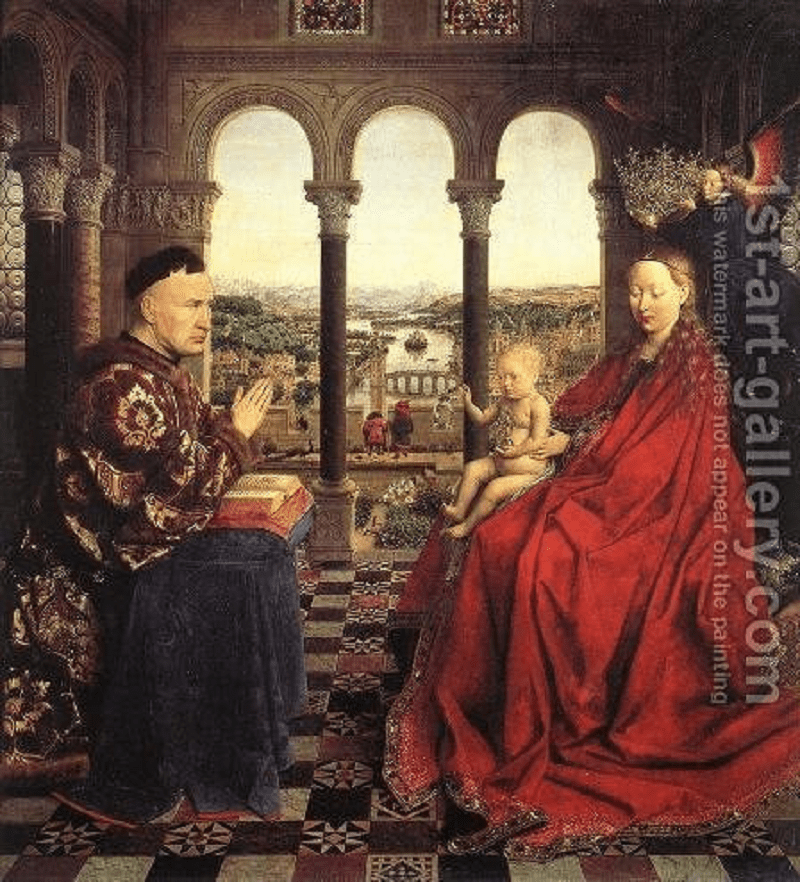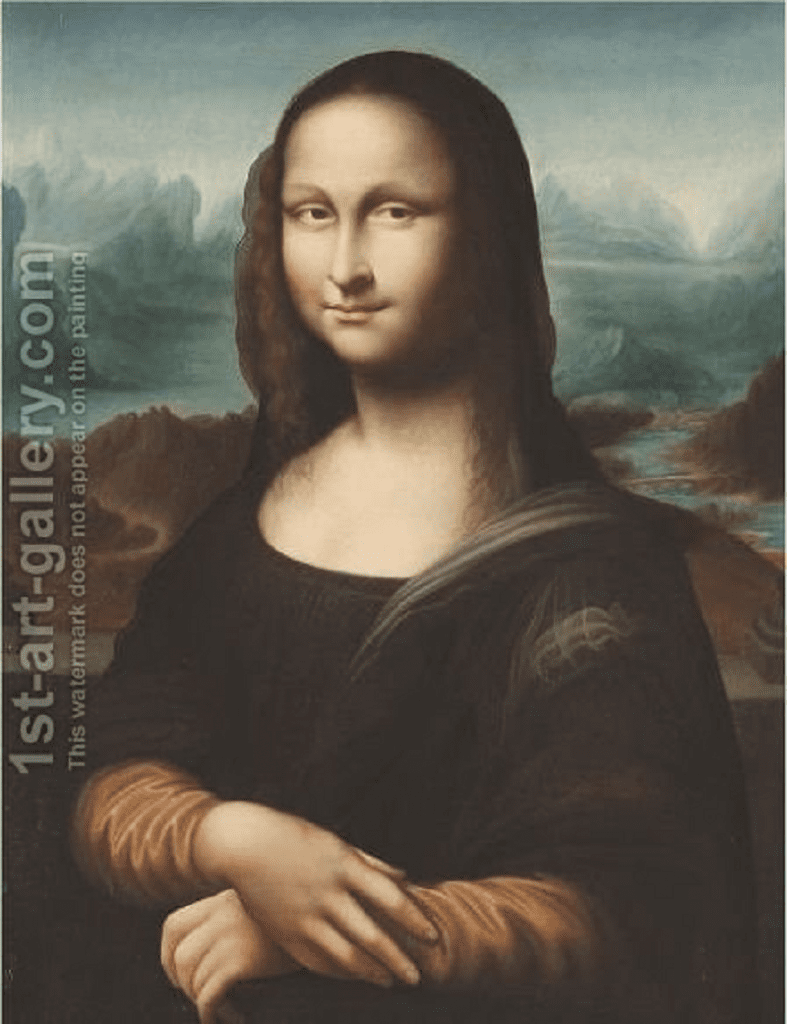Art is the feast to the eyes and a fountain-head of pleasure for artists as it makes everything look bewitching all-around. Out of all, Oil painting is an outstanding form because of its utmost significance and kinship with history. Besides, the conversion of natural materials like dried oil and oil colors into a glossy portrait is what makes oil painting the most lovable among folks.
Other than the beauty and sheen of oil portray, the simpler yet effective techniques that let the artwork stay graceful for years are a highlight of the day. Likewise, Leonardo Da Vinci once said, “A beautiful body perishes, but a work of art does not”. Began in the 7th century AD by Buddhist artists in Afghanistan, oil paintings nowadays take the market by storm. Fascinated to know the reasons? Here we present the list of informed facts about oil paintings that will make your day.
What Is The Process Used In Oil Paintings?
Oil paintings include the most natural process, materials, and techniques by artists. Some of the popular oils used in such forms of art are walnut oil, linseed oil, and poppy seed oil. These oils dry by oxidation and thus make it easy for artists to convert colors into a charm. Where today most of the artists prefer buying readymade oil colors from formulated brands, artists in the Renaissance period used to make it by hand.
Talking about the hand-made process, it is about painting with pigments for which the oil is dried as the binder. Subsequent to this, milling of oil paste is done to blend the pigments thoroughly. Later, a thinner and drying agent is added to make the colors picture-perfect for painting.
Reasons That Makes Oil Painting Unique And Valuable
Oil paintings definitely amount to antique stuff, especially when they are the creations of the ancient or Renaissance period. Below-mentioned are some significant reasons as to why these are unique and valuable to society.
1. History, Culture, And Traditions

As of now, there is no transparent evidence about the emergence of an oil painting. The earliest known illustration of the art comprising the use of oils was recorded in the 7th century in Bamiyan, Afghanistan. However, it started to be on the up and up in 1400 when there were a handful of improvements in the form of linseed and the addition of new color pigments.
Jan Van Eyck, famously known for Early Netherlandish paintings, was attributed to bringing forward the use of oil paints. In collaboration with his brother Hubert, he proved to most of the artists of that time that oil paints made from dried oil and pigment are quite superior in comparison to egg tempera.
One of the remarkable examples of Jan Van Eyck’s oil paintings is ‘Madonna of Chancellor Rolin’ where the Virgin Mary seems to present infant Jesus to Rolin. Beautiful and involved in the use of in-depth colors, the painting depicts the virtues of the Virgin Mary.
2. Popularity Of Artists And Monetary Value Of Art

Traditional artists harnessed the most natural methods or techniques to create oil paintings. Canvas made from linen is the common source to craft the artwork at that time. Leonardo Da Vinci, Rembrandt, and Picasso are some of the popular artists, the art of whom mounts million-dollar value at present. ‘Portrait Of Monalisa’ by Da Vinci is an impeccable illustration of the fact.
Moreover, the condition or state of the painting also heads towards its value. In short, oil reproductions in flawless condition and made by famous artists always cost the customer big bucks. This being the reason, some of the oil paintings cannot be afforded by normal people. Even if you are a huge fan of Canaletto paintings you have to spend more to have one on your own.
3. Flexibility And Depth Of Color
Other than the substantial monetary value of oil paintings, it is the flexibility and depth of color that make them stand in the crowd. Be it in ancient times or at present, oil paints let artists embrace versatility. In other words, there are plentiful ways in which the colors can be applied. From thin glaze to the dense thick impasto, creatives can find many opportunities to blend and experiment with the colors.
4. Durability Of The Artwork
Durability is yet another attribute that makes oil painting, one of the most in-demand styles in the world of art and craft. By using canvas as the medium and natural oils as the mixture, artists can trust the colors to stay the same for the longer-run.
Besides, the availability of ample color assortment gives artists the liberty to experiment with their thoughts in a beautiful way. The grace of artwork is maintained for a longer time, thus making the creators feel self-satisfied about his or her endeavors.
In The End
Oil Paintings, the incredible way to represent the history or unique thoughts colorfully, is turning into a big cheese in the field of art and craft. Its mesmerizing vibes and consistent value from the ancient period till now proves it all. Therefore, it goes without saying that making our living space embellished with oil painting can help us be close to uniqueness.
